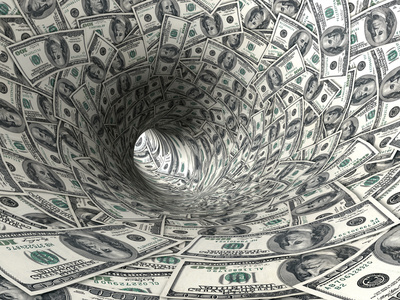Ben Bernanke and his colleagues will be discussing a wide range of monetary stimulus options. Quite a few options are on the agenda, as the Federal Reserve is urged to do something to kick start the economy. QE3 is low on the list.
The statement published on Wednesday, 18:15 GMT will be closely watched and will likely move the markets for quite some time. Here are 7 scenarios for this important event, and the expected impact on the dollar.
While the Fed is urged to take action and it probably will, Bernanke clearly passed the ball to the government’s court in Jackson Hole. But let’s see what the Fed can still do:
- Twist: The Federal Reserve currently reinvests maturing assets and maintains its balance sheet, in continuation to QE1 and QE2. This QE2 Lite operation could take a different tone if the Fed shifts towards longer term bonds, in order to lower the long term interest rates, twisting the yield curve. As 10 year bond yields are already very low, around 2%, this move will have little effect. High probability. It is priced in, so the impact on the dollar will likely be minimal and somewhat positive.
- Pledge to keep the balance sheet unchanged for a long time: Similar to the pledge to keep interest rates at low levels until mid 2013, the members could add a pledge to proceed with QE2 Lite and refrain from tightening until mid 2013. Medium probability. The impact of this step, if it is the only one, will be a stronger dollar.
- Lowering the rate on excessive reserves parked at the Fed: As short term interest rates are already very close to zero, the 0.25% rate on excessive funds parked by banks at the Federal Reserve seems high. The idea is to encourage banks to loan money. This will likely have a small effect on the economy and will not come as huge surprise – high probability. If this step is the only one, the dollar can strengthen.
- Setting explicit employment / inflation targets: As the Federal Reserve’s action are often unclear to the public, the Fed might increase its transparency and provide guidance about the conditions for raising the rates: one idea is committing to low rates until unemployment slides to 7-7.5% and as long as core inflation remains under 3%. This interesting option has a medium probability and will likely be met with some dollar strength.
- Setting Nominal GDP Targets: A shift to focus on growth means putting inflation worries aside and utilizing inflation to erode the huge pile of debt. Such a bold move has low chances, and will be dollar negative.
- Two or more of the above: As you can see, most of the high probability options are already priced in. If any of them appears on its own, the markets will be disappointed and the dollar will likely push higher. If many measures are introduced, it will show that the Fed is very active in its monetary stimulus. The dollar is likely to weaken, but this depends on the amount of measures. In the long term, desperate measures can push the dollar higher.
- QE3: This option is almost off the table as it is meant to be a tool against deflation, and recent evidence clearly shows that prices are moving up: it is not only oil but also “core inflation”. Another round of quantitative easing (or dollar printing if you wish) will likely be more harmful than effective. If the FOMC does surprise with such a move, it will send the dollar plunging. Chances are very low.
Which currencies will feel the action best? This depends on the outcome:
Lot’s of action: In this case, the Canadian dollar will likely enjoy the greenback’s weakness quite well: more stimulus in the US helps Canada. In addition, higher oil prices will also help the loonie.
No big moves: In this case, the euro is the most vulnerable currency, as the debt crisis weighs heavily on the common currency. Also the pound is vulnerable.
- FXStreet experts poll – a wide range of interesting opinions.
- euro is the most vulnerable currency – for everything on EUR/USD.
